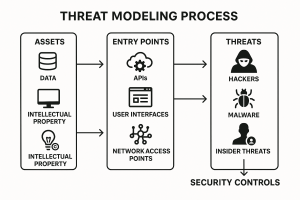Key insights from ~10000 tech professionals on talent attraction, engagement, and retention.
The candidate-first era: What tech talent really wants from employers
Building, energizing, and retaining a high-quality workforce is the key to business success. Recruitment trends have witnessed a 180-degree shift in the last two years, with the talent landscape becoming exceedingly candidate-first. Add to that the effect of the Great Layoff and an impending recession, and you get a talent market that is exceedingly volatile.
Despite this, the demand for highly skilled talent has hardly receded, even with top candidates being off the market within 10 days. So what does today’s tech talent really want?
That’s precisely what we set out to discover by asking our pool of highly skilled tech professionals from every corner of the globe. The insights are eye-opening and invaluable to employers looking to win today’s war for talent.
From the importance of a robust employer brand to the secret to talent retention – we’ve got all the numbers. Dive right in!
We’re talking numbers

Find insights and tips on every stage of the recruitment lifecycle and learn what drives the career decisions of today’s tech talent.




